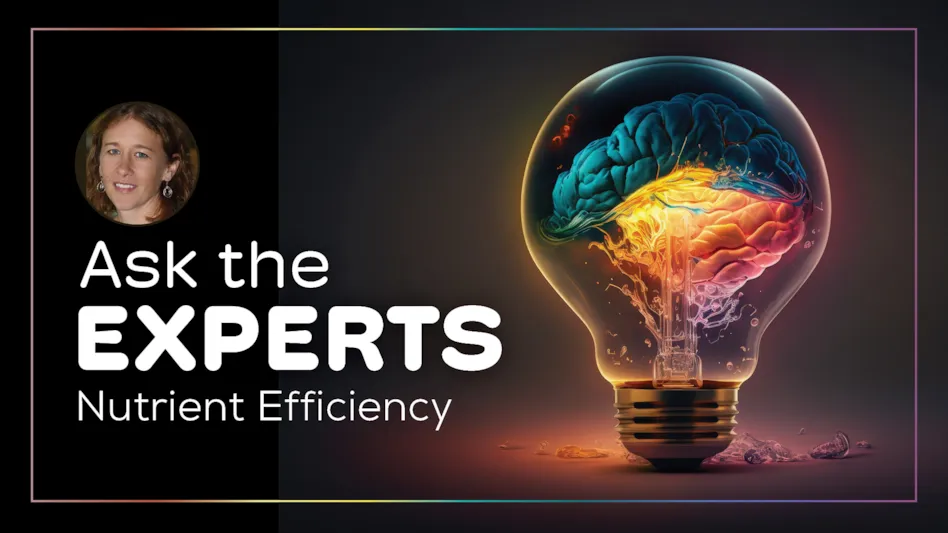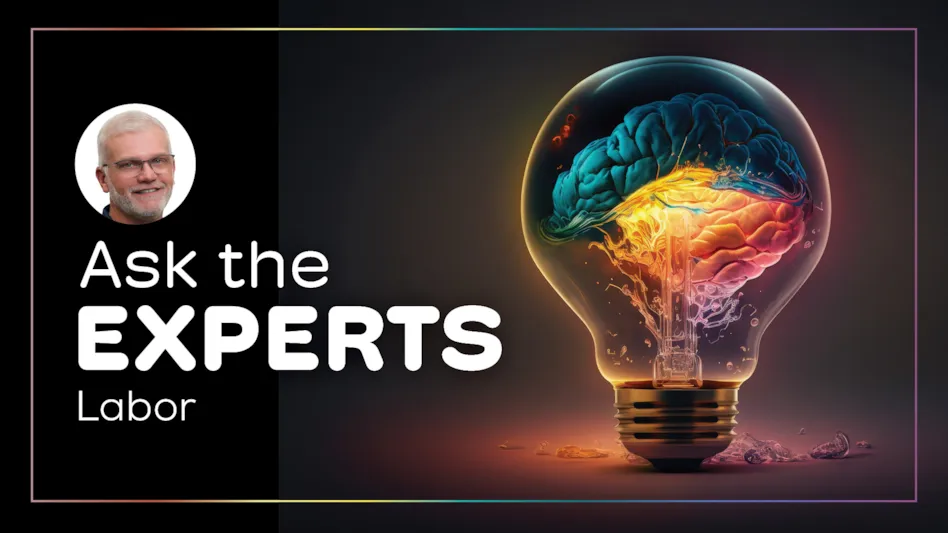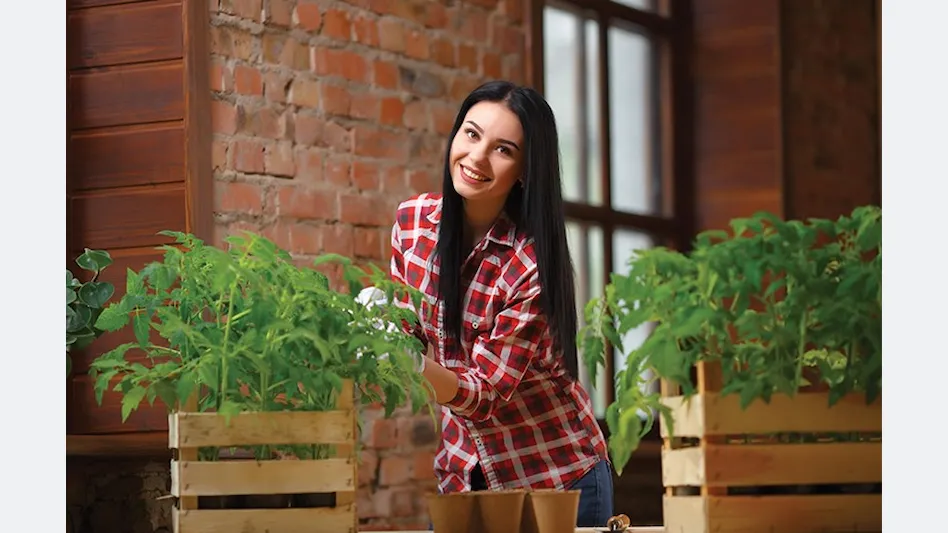
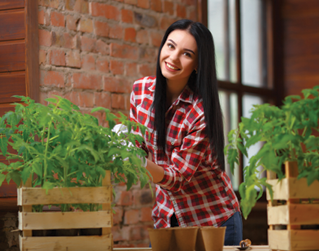
Making a good connection between what you sell, and why you sell it, and your target customer isn’t as easy as it may seem. When you’re passionate about what you do, make, or grow, it’s easy to get caught up in the idea that everyone else will be as passionate about it as you. It’s also easy to get a little judgmental about what you think should or shouldn’t be important to consumers. Even so, the market — and consumers — have a mind of their own. How confident are you that you and your ideal customer see eye to eye?
We don’t always need our customers to be as passionate as we are — and we don’t need them to be produce professionals. We just need them to be interested and have a need or a challenge. Then it’s our job to tap into that interest — spark it — and provide solutions. Meet the market demand where it matters. And yes, while we should be assertive about driving trends and staying ahead of consumer demand, we ultimately don’t get to decide what is or isn’t important to our customers, be it product or price. If you want more thoughts on this, check out my 2015 column titled “Prevent price prejudice” in Garden Center magazine.
While researching and writing my recent book “Gardening Under Lights: The Complete Guide for Indoor Growers,” I spent a lot of time digging into indoor gardening trends and the grow lighting market, as well as the demand for homegrown produce. Clearly, the manufacturing market for indoor growing gear has for a long time been singularly focused on one crop: cannabis. Recently, of course, that market has also evolved into intensive indoor commercial food production. This has left the rest of the mainstream gardening market a bit in the dark — if you will — when it comes to indoor growing.
Couple the stigma attached to marijuana with the lack of good indoor gardening education, and many gardening consumers have been left thinking indoor growing isn’t an option for them. Who wants to slink around a bookstore with a cannabis growing book when you really do just want to grow tomatoes in winter? Yet, hyper-local produce is in big demand and the desire for many consumers to grow their own produce is still on the upswing. I get tons of questions about growing crops such as herbs, tomatoes, and citrus indoors. Consumers want fresher local veggies, fruits, and herbs, and they’re willing to do a lot to get them — even without a yard or the sun.
Maybe not surprisingly, I’ve gotten a lot of pushback from green industry members about my efforts with indoor gardening: “Growing indoors isn’t logical;” “It’s too expensive and not efficient,” “It’s ridiculous to try and grow tomatoes indoors in winter;” “As growers we know you can’t generate enough light to grow fruits and vegetables;” — these are just a sampling of the comments I’ve received from professionals. To be frank, these comments are both judgmental and inaccurate. They seem to stem both from a refusal to accept that certain gardening and urbanization trends, as well as consumer desires, are changing — as well as an ignorance about current lighting technology — and perhaps a little fear of change. No matter the reason, we’re not being fair to consumers when we make these decisions for them based on our own personal feelings. The same goes for the type or source of produce they want to consume.
At a recent book signing event I did at a local garden center, one attendee came up and told me that she didn’t care if the indoor tomato she grew ended up costing her $64 — she just wanted to grow it. The act of growing that indoor tomato — even one tomato — was reason enough for her to invest in indoor gardening. That’s gold. Who are we to tell her she can’t even try? I know many people who spend excessive amounts of money on their boats, their vacations or their gun collections. Would we label any of these activities as efficient? Probably not. Are we going to tell these people they can’t have their boat, their vacation or their gun because it’s too expensive or inefficient? Unlikely. People will pay for what they want. Same goes for produce.
Plus, even with her $64 indoor-grown tomatoes in tow, that gardener is still going to buy tomatoes at the grocery store. She’ll probably buy fancier tomatoes, too, because now she knows more about tomatoes. We all win, because she’s engaging with her food and putting a priority on produce. The good news for the produce industry is that fresh, local food is on the minds of a lot of consumers. Engaging one-on-one with that food is becoming increasingly important to them: how and where it’s grown, how it’s prepared, and how it’s consumed.
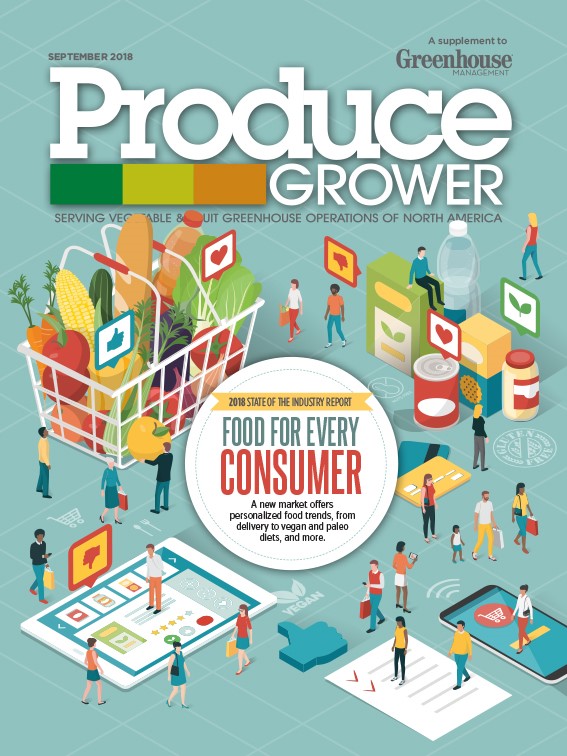
Explore the September 2018 Issue
Check out more from this issue and find you next story to read.
